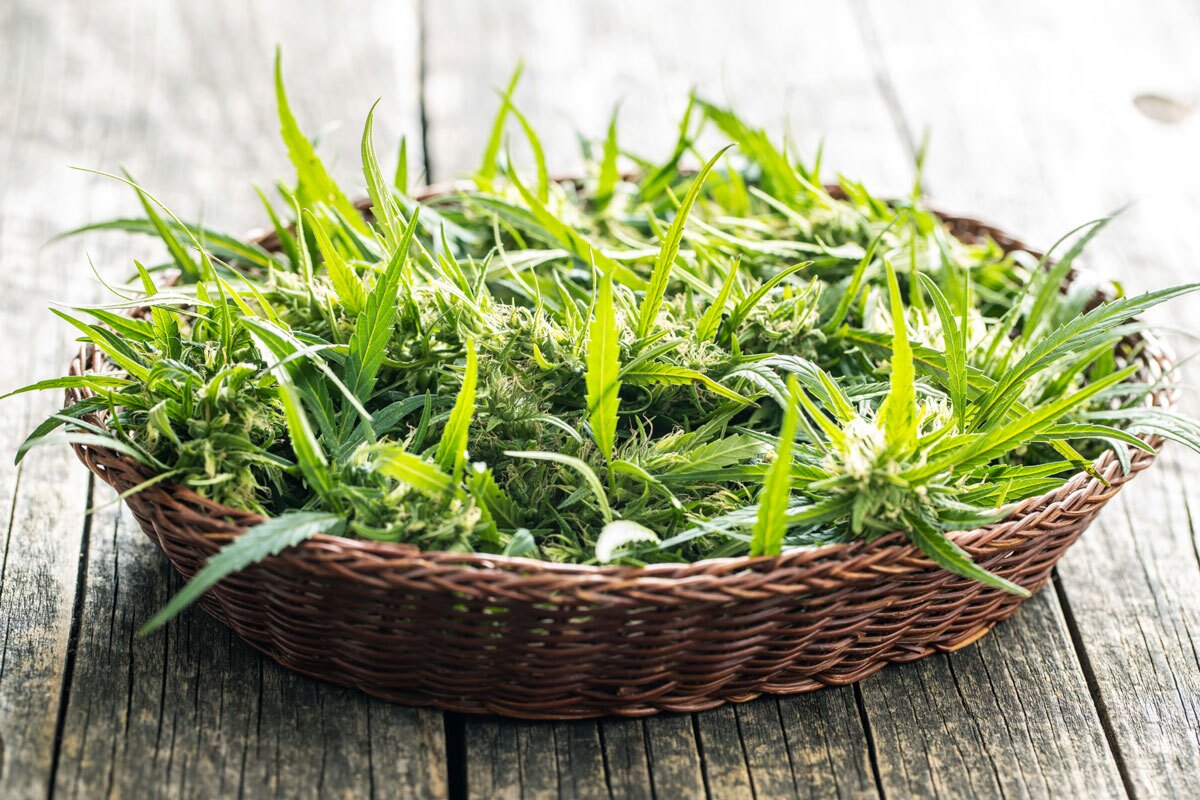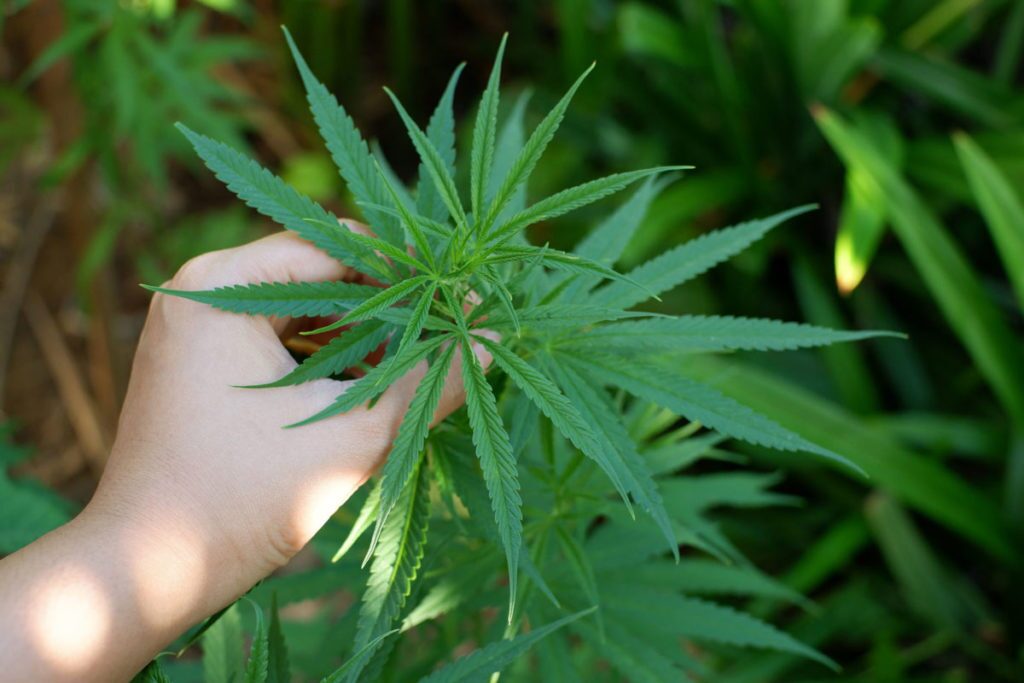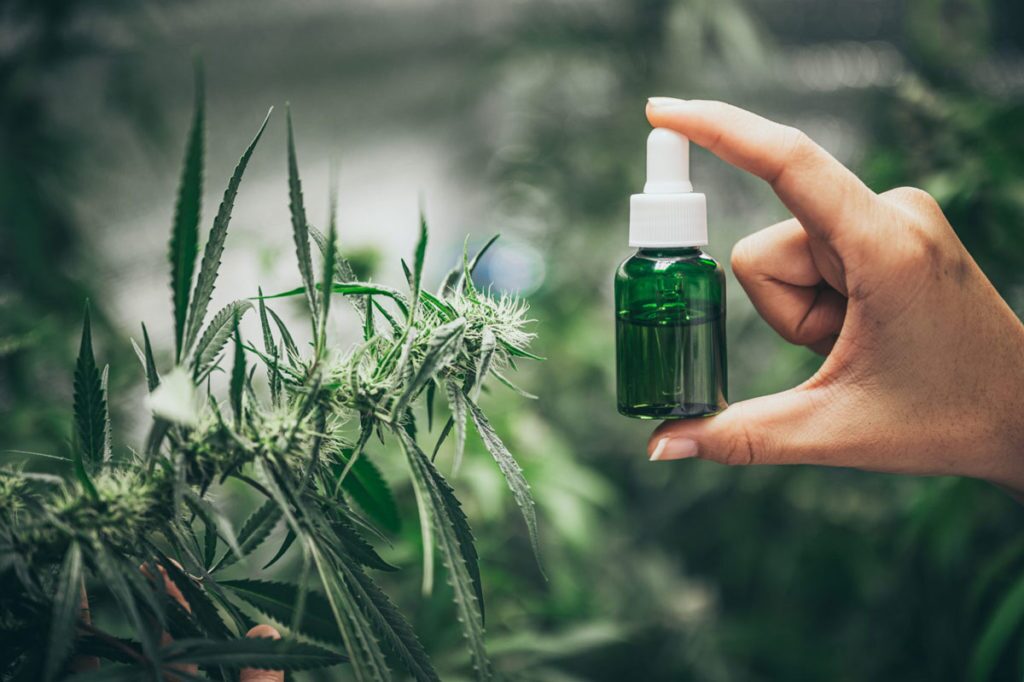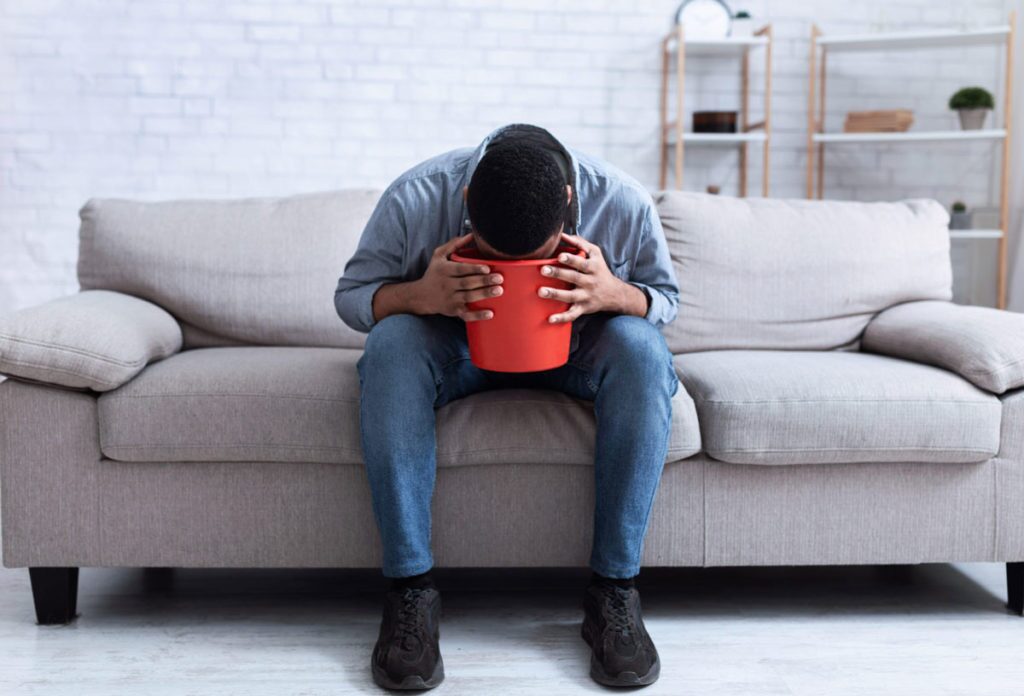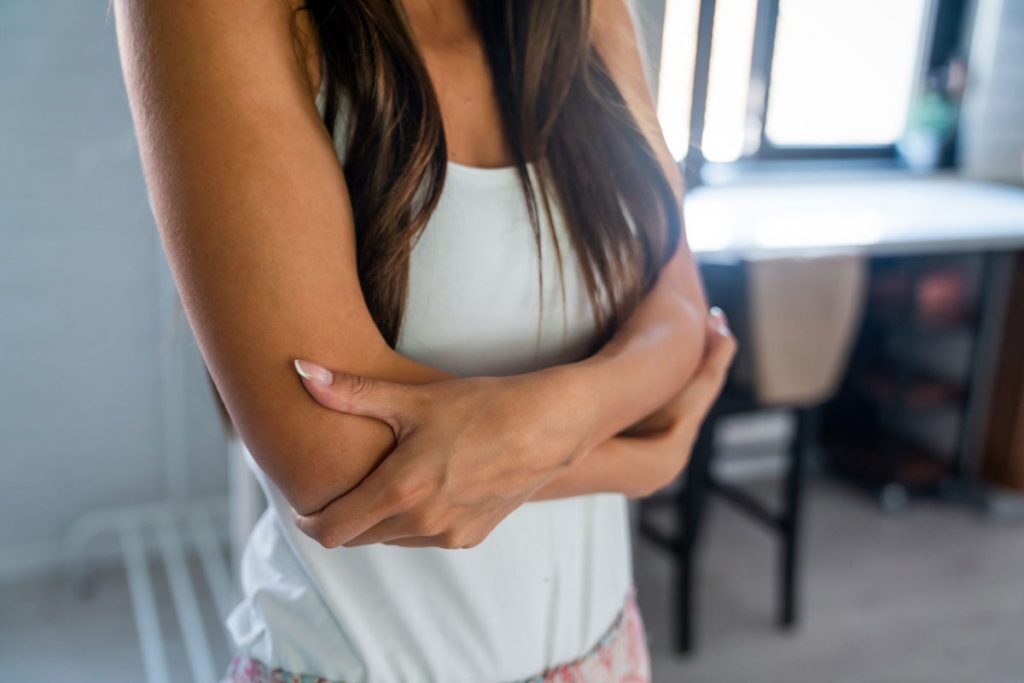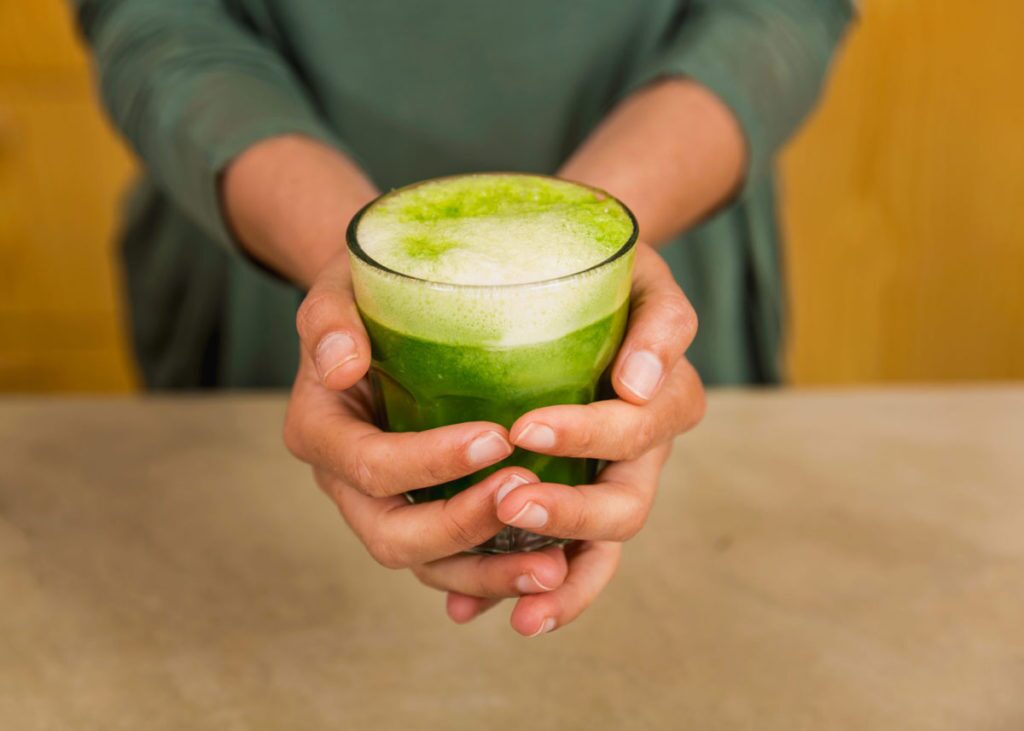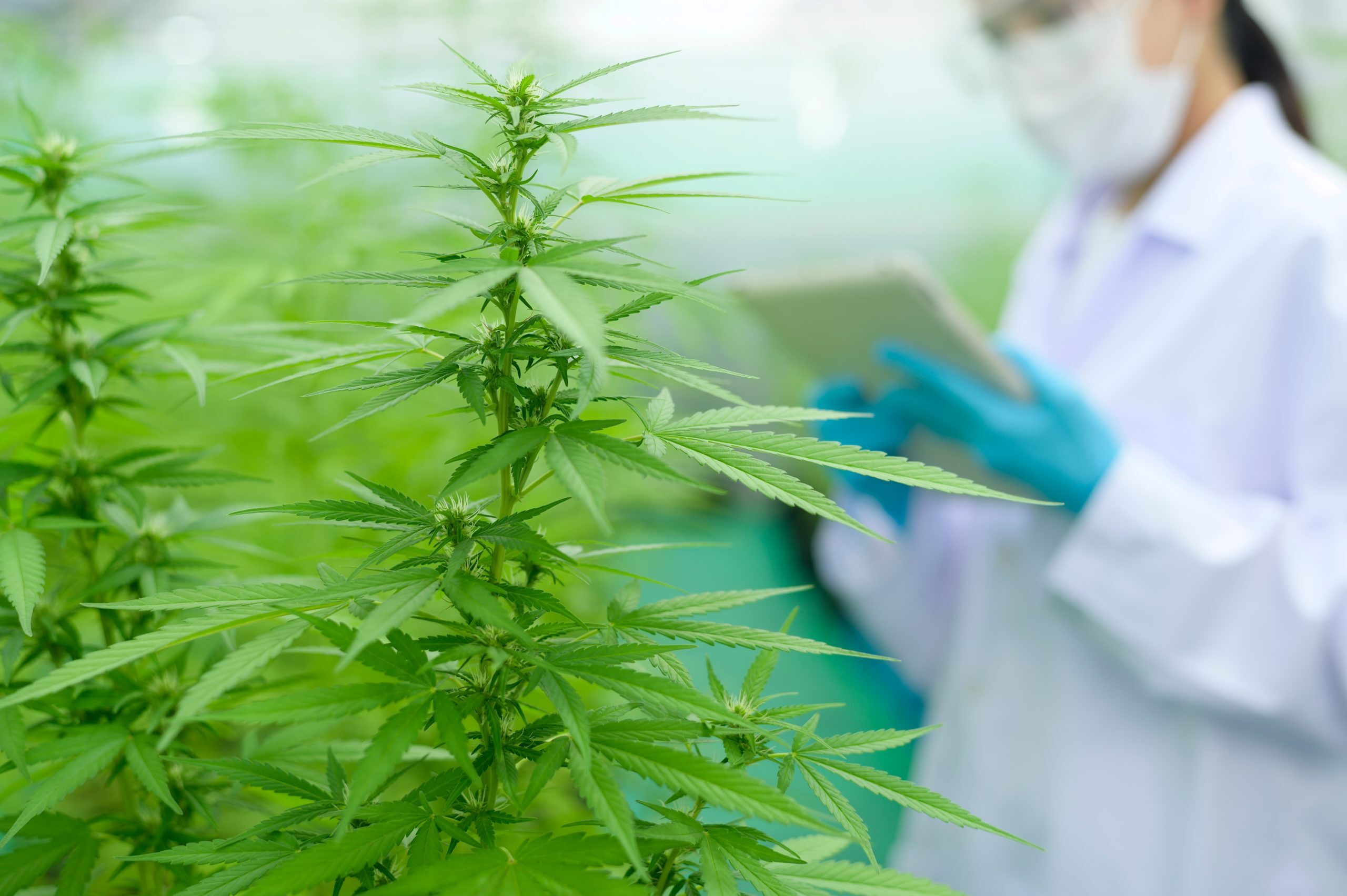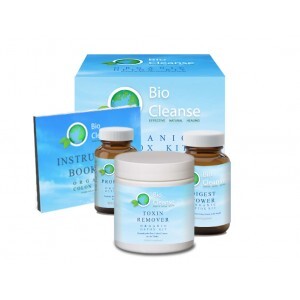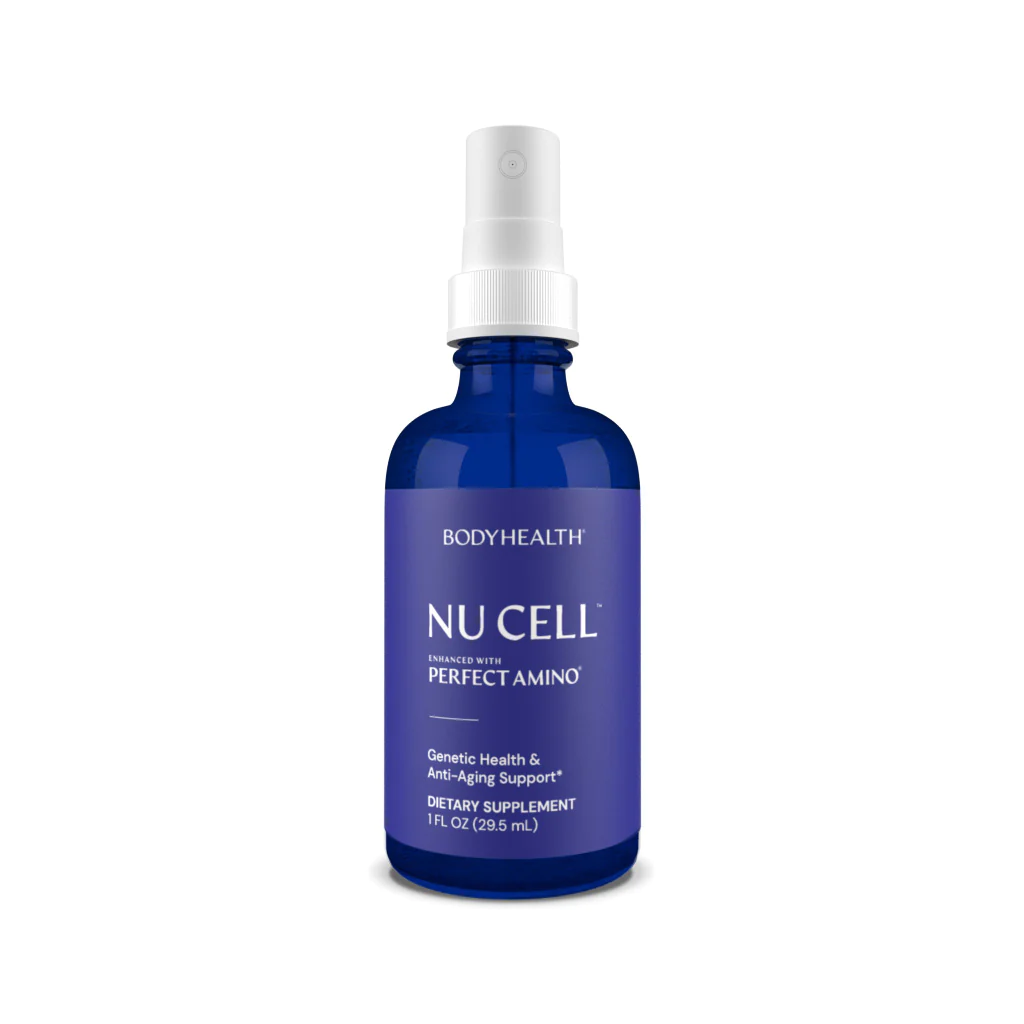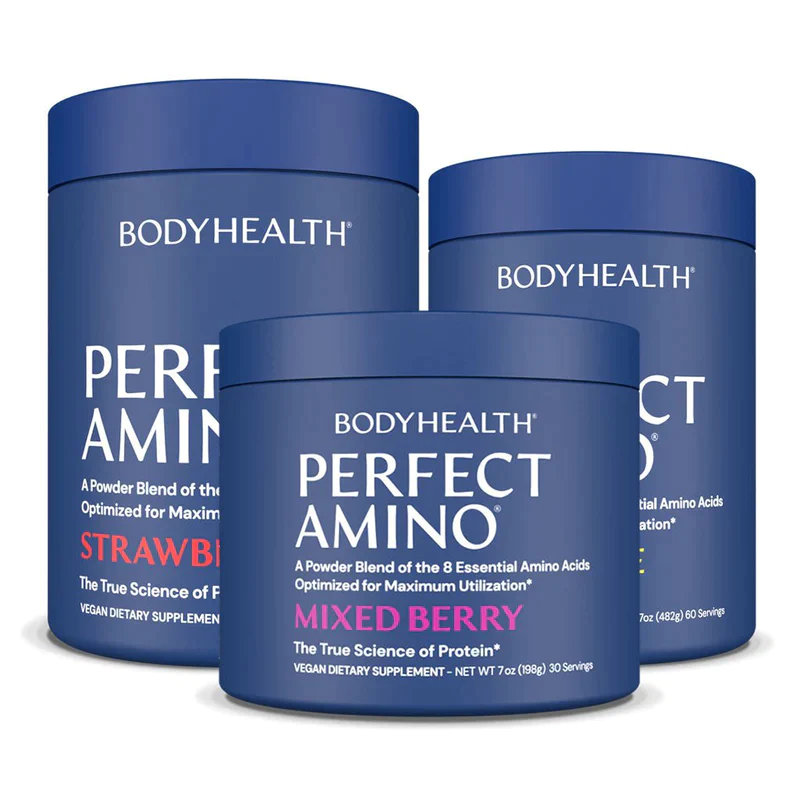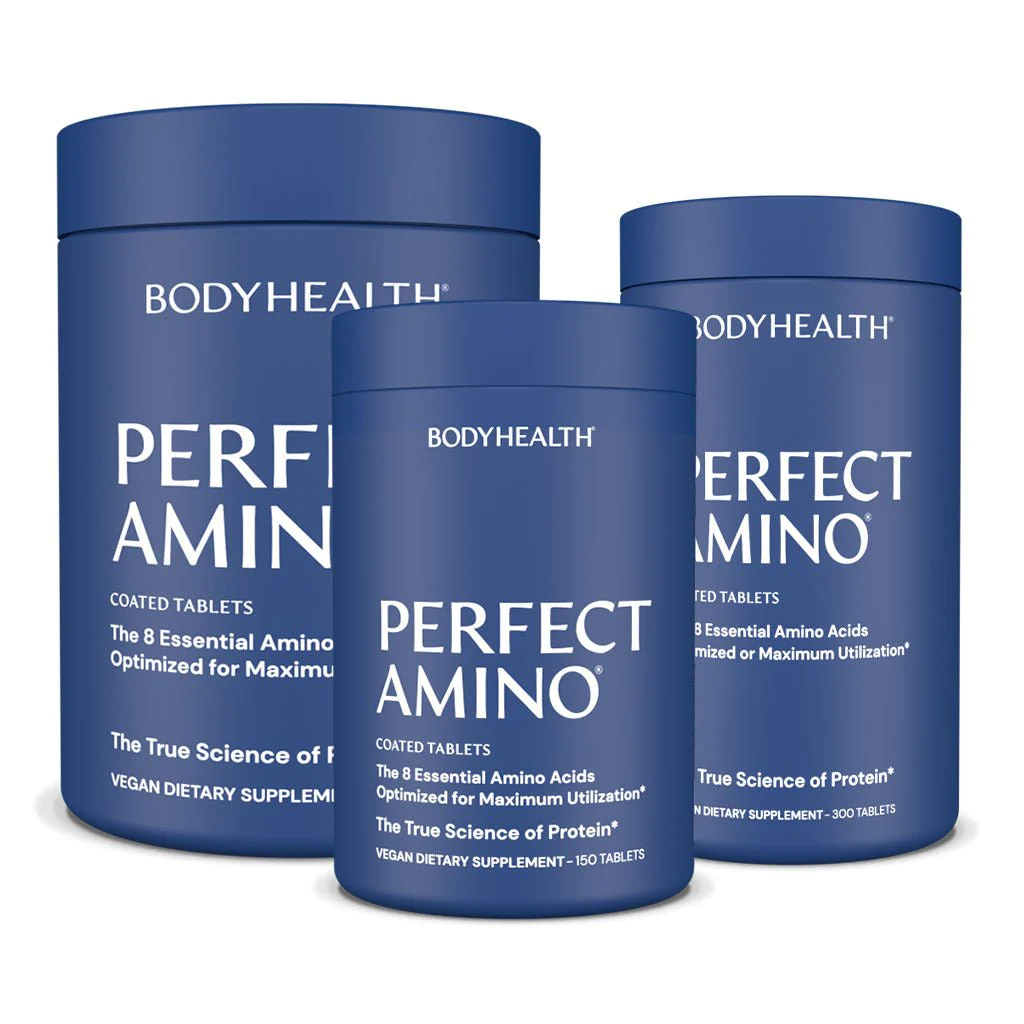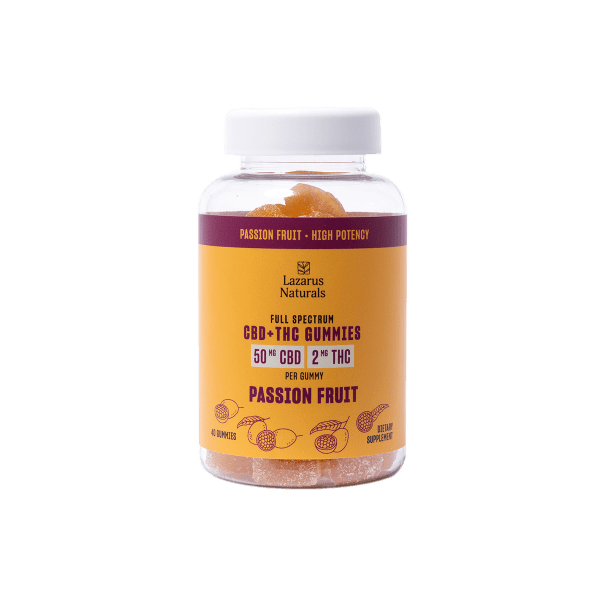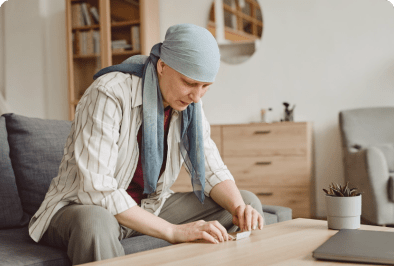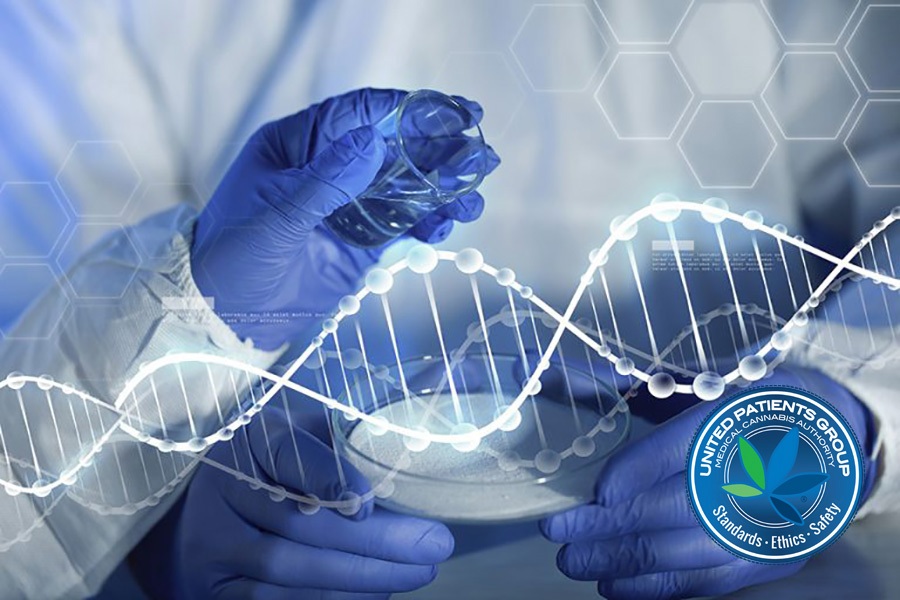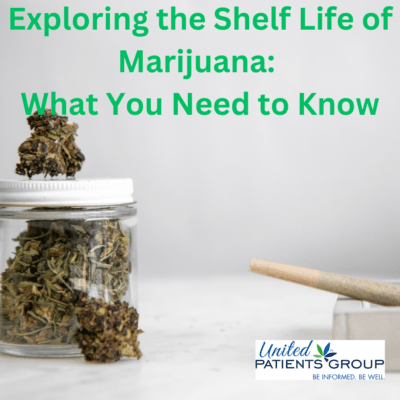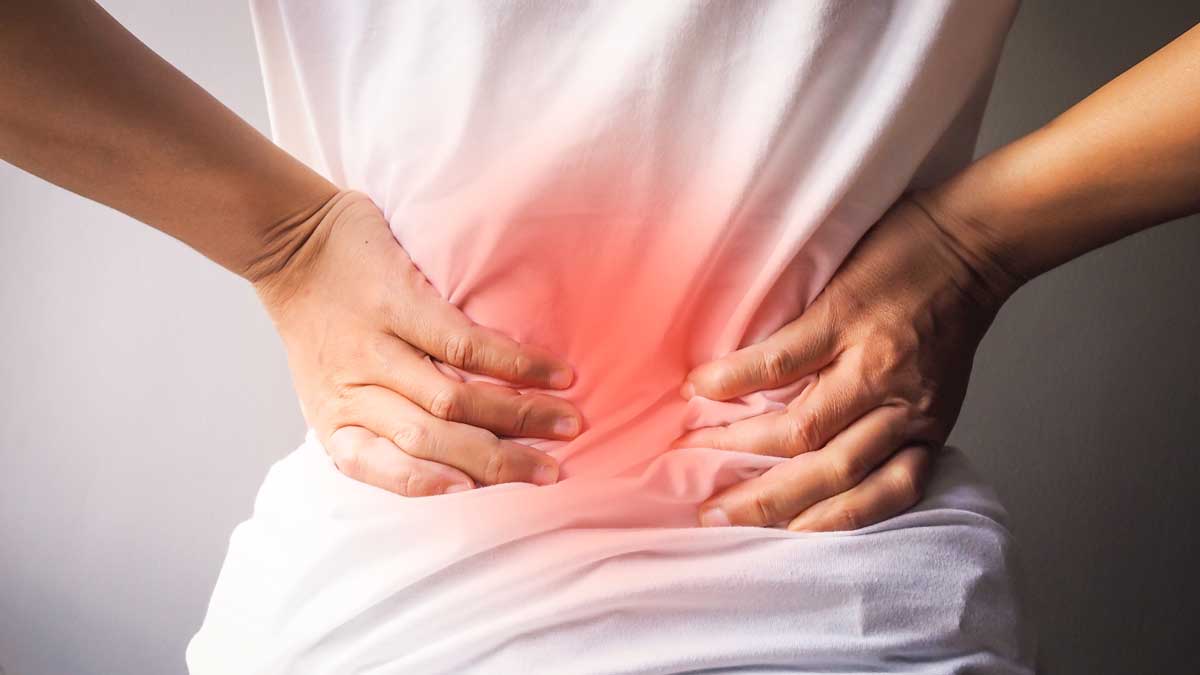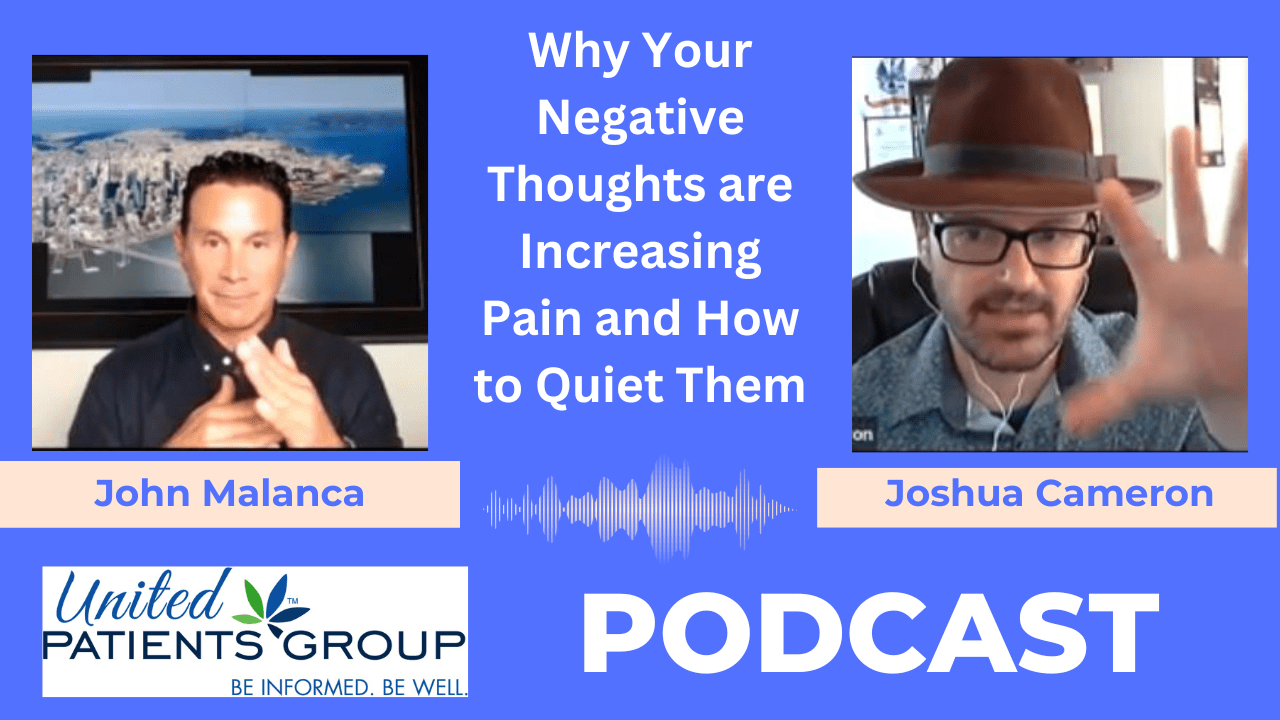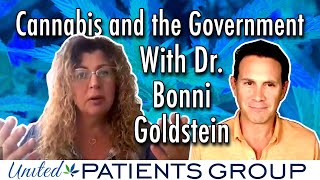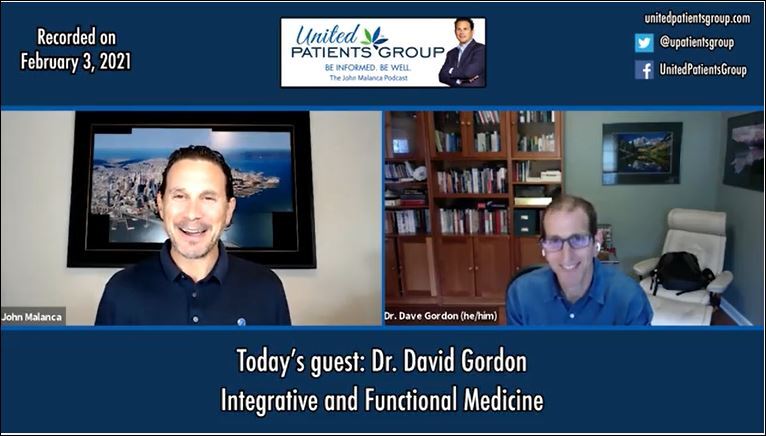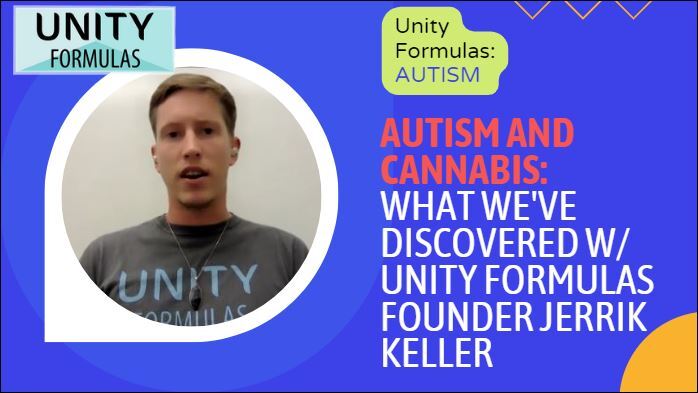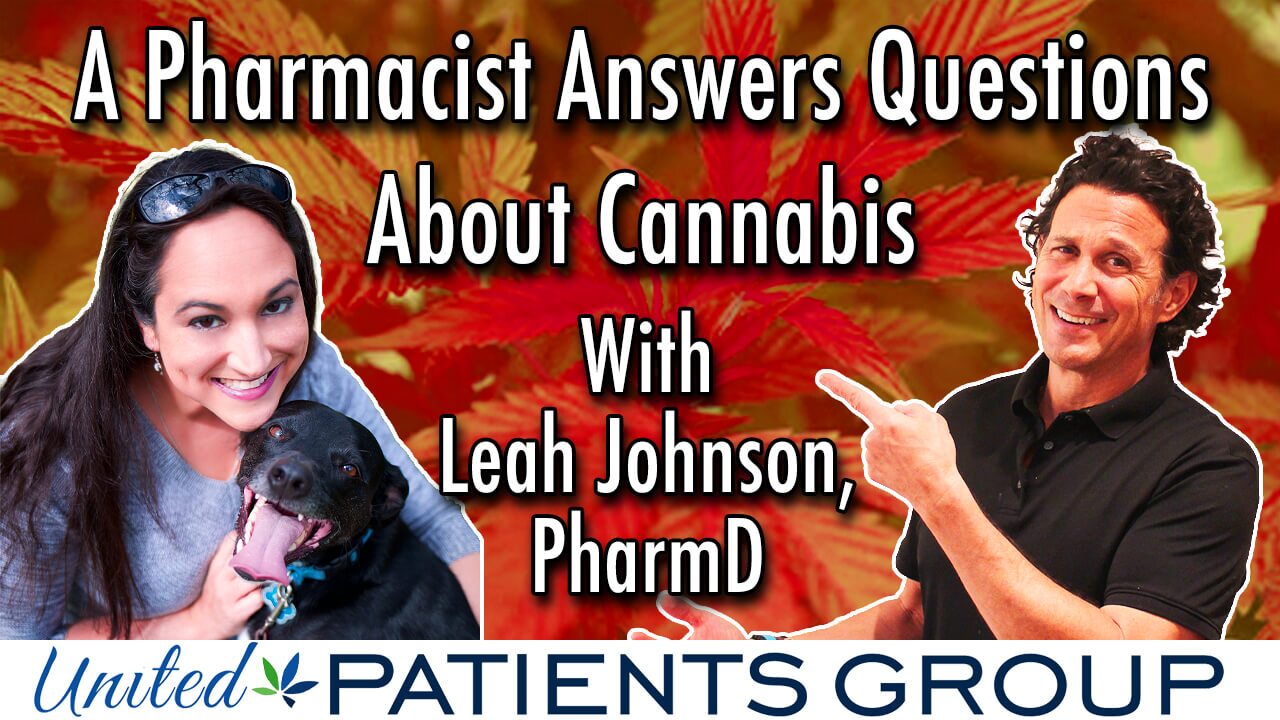Article Topics
In the last decade, cannabis derived phytocannabinoids have managed to create a buzz in the medical arena. The culmination of the dark era of cannabis prohibition has birthed a new and exciting era; that of cannabinoid science. Scientists have managed to identify over 140 + different cannabinoids in the cannabis plant; and CBDA is one that is generating significant interest.
What is CBDA?
CBDA is a newly discovered cannabinoid that is non-psychoactive and acidic. CBDA stands for cannabidiolic acid. CBDA is also the acidic form of the popular cannabinoid CBD (cannabidiol).
Because CBDA or cannabidiolic acid occurs in acidic form it is inactive, that does not mean that it does not produce therapeutic benefits. CBDA was first isolated in 1955. However, it was not until the 1980s that researchers began to take an interest in this molecule. At that time, laws surrounding cannabis were very barbaric and limiting. Consequently, not much CBDA research was done until 2018 when the US and the world at large had become receptive to cannabis as a plant with therapeutic potential.
Decarboxylation
Even before we get to how CBDA is made it is important to mention that CBDA is just one “decarboxylation away” from CBD. Decarboxylation is a term that is used quite loosely in the cannabis industry. One would understand why this is the case; this is the process through which cannabinoids are activated. For example, without decarboxylation one cannot experience the psychoactive effects that are associated with cannabis consumption.
Carboxylation is a chemical process that involves removing a carboxyl group from a molecule; a carbon group is removed from the chain. The reverse process where a carbon atom is added to the carbon chain is called carboxylation.
Therefore, when CBDA undergoes decarboxylation, it loses one carboxyl group and becomes CBD. In the process it also loses its acidic nature and becomes activated. This alters some of its chemical properties and affects how it interacts with the human body. This explains why CBD and CBDA interact differently with the human body; CBDa vs CBD.
Even though CBDA research is still in its infancy, it is evident that CBDA has significant therapeutic potential. One of the most notable therapeutic effects of CBDA is its anti-nausea effects.
A study that was published in 2016 showed that CBDA can relieve chemotherapy-induced nausea and vomiting. In fact, the study revealed that CBDA has 1000 times more powerful anti-nausea effects as compared to CBD.
At the start of this year, science surprised us yet again by revealing that acidic cannabinoids, such as CBDA, can reduce sickness from COVID-19 infection. In this study the researchers found that some cannabinoids can hinder the COVID-19 virus from entering the human cell. While this cannot prevent one from being infected with the virus, it can attenuate the negative symptoms and may even prevent severe disease. Further research in this area will paint a clearer picture.
How is CBDA Made?
Like CBD, CBDA also comes from the “mother of all cannabinoids” aka cannabigerolic acid (CBGA). Most cannabinoids exist in raw cannabis in the form of CBGA.
CBGA is created through an enzymatic reaction that involves olivetolic acid and geranyl diphosphate.
CBGA is the precursor molecule to three common acidic cannabinoids:
- Tetrahydrocannabinolic acid (THCA)
- Cannabichromenic acid (CBCA)
- Cannabidiolic acid (CBDA)
CBGA undergoes an enzymatic reaction that is catalyzed by CBDA synthase to give rise to CBDA. That is how CBDA is made.
CBDA is found in minute amounts in cannabis and hemp. This is because CBDA readily undergoes decarboxylation to give rise to its active form which is CBD. Cannabis strains that contain high amounts of CBD such as Harlequin and ACDC are likely to have higher amounts of CBDA.
With that background on CBDA, we can now move ahead to compare and contrast CBD and CBDA.
CBDA Vs CBD
As we have seen earlier, CBDA is the acidic precursor to CBD. Without CBGA we cannot have CBD. Heat is needed to catalyze this reaction.
CBDA + Heat = CBD
Structurally, CBDA and CBD have a similar structure apart from one carboxyl group that is missing in CBD’s structure. This is the carboxyl group that is lost when CBDA undergoes decarboxylation. Before we jump into the differences (CBDA vs CBD) that exist between CBD and CBDA, let’s mention some of their similarities.
Similarities Between CBD and CBDA
- Both are cannabinoids that are present in hemp and cannabis plants
- Both are non-psychoactive
- Both have a wide safety margin when consumed
- Have a similar molecular structure apart from the extra carboxyl group in CBDA
- Both have therapeutic potential against inflammation, nausea and vomiting, psychosis, and anxiety
- Both CBDA and CBD are legal, for as long as they are derived from hemp.
However, it appears that the two molecules (CBDA vs CBD) have more differences than they have similarities. Below is a breakdown of the common differences between CBD and CBDA.
Differences Between CBD and CBDA
CBDA is acidic while CBD is not
The acidic form at the molecular level is signified by the presence of the carboxyl group. This affects how CBDA interacts with the human body. Initially, it was believed that acidic cannabinoids were physiologically inert in the body. This would mean that these compounds cannot evoke a therapeutic effect when consumed. Even though it is clear that acidic cannabinoids are non-psychoactive, science has proven that they have significant therapeutic potential.
CBD is stable while CBDA is not
CBDA is mostly found in the cannabis plant that has just matured. As the cannabis plant begins to age, the acidic cannabinoids such as CBDA are quickly converted into their active forms aka CBD. Whenever CBDA is exposed to heat it undergoes decarboxylation and converts to CBD; this makes it an unstable molecule unlike CBD which can be cooked.
CBD can be consumed in many ways, unlike CBDA
This ties in with the previous point. Because CBDA is unstable at higher temperatures, it can only be consumed as raw cannabis. CBD on the other hand can be smoked, vaped, or used to infuse edibles.
CBDA inhibits COX-2 enzymes, CBD acts through various mechanisms
The interaction of cannabinoids with the human body have not been fully elucidated. CBD appears to have a weak affinity for both CB1 and CB2 receptors. It has an antagonist (opposing) effect at the CB1 receptor and an agonist (supportive) effect at the CB2 receptor. CBD also modulated the serotonin system through serotonin receptors.
Preliminary research has shown that CBDA exerts its therapeutic effects by inhibiting COX-2 enzymes. In this way, it interacts indirectly with the endocannabinoid system. CBDA also regulates the amount of circulating serotonin.
CBDA has more powerful anti-nausea effects
Extreme nausea is one of the most distressing side-effects of cancer chemotherapy. This nausea is associated with circulating levels of serotonin. Both CBD and CBDA are involved in regulating serotonin and consequently they both have anti-nausea benefits. However, one study has shown that CBD has 1000 times more powerful effects against chemotherapy-induced nausea and vomiting.
There is more research on CBD than CBDA
Given that CBD is the cannabis poster child, this should be a no-brainer. Scientists have been interested in the therapeutic potential of CBD as a non-psychoactive cannabinoid. Research on CBD is a recent attraction. Given the powerful therapeutic effects that have been observed, we expect to see more researchers zeroing in on CBDA.
CBD products are more readily available
It is easy to come across CBD products online. In fact some sources claim that the CBD market is already over-saturated. CBDA on the other hand is quite hard to come by.
Will CBDA Make Me High?
All acidic cannabinoids, such as cannabidiolic acid, are non-psychoactive. CBDA does not bind to the CB1 receptors which are responsible for the euphoria that is typical of cannabis. This makes CBDA very safe for consumption, even by children.
Benefits of CBDA
Earlier on, it was believed that CBDA was pharmacologically inactive in the human body. This meant that cannabidiolic acid did not have any significant therapeutic effects. Consequently, researchers did not focus on CBDA and other acidic forms for a long time. However, a decade ago scientists carried out in vivo studies on CBDA. It was discovered that CBDA is bioactive and shows promise as a therapeutic agent. Consequently, several studies have been conducted to investigate how CBDA interacts with the human body.
It appears that CBDA does not bind directly to cannabinoid receptors (CB1 &CB2). Instead, it inhibits a group of enzymes that are known as COX-2 enzymes. These enzymes are expressed in inflammatory cells and by inhibiting them, CBDA is able to reduce inflammation.
CBDA also has a high affinity for serotonin receptors. It has 100 fold greater affinity for these receptors as compared to CBD. This group of receptors are involved in nausea and vomiting, mood regulation, and intestinal motility.
CBDA and Pain
CBDA is effective in relieving inflammatory pain which occurs in inflammatory conditions such as arthritis. CBDA is a selective COX-2 inhibitor. Some research indicates that CBDA inhibitory effects on the COX-2 enzymes are 1000 times more powerful than that of traditional anti-inflammatory agents such as ibuprofen.
Unlike NSAIDS, cannabidiolic acid has selectivity for the COX-2 receptors. NSAIDS also inhibit COX-1 enzymes which are involved in intestinal motility. When this happens, the motility of the intestines is interfered with. Consequently, the integrity of the intestinal lining is compromised and this results in ulcers. Long term use of nonsteroidal anti inflammatory drugs is discouraged for this reason. On the other hand, CBDA can be used safely for very prolonged durations.
CBD Versus CBDA for Nausea
Both CBD and CBDA have potent anti-nausea effects. Preliminary research has shown that they can be used to manage chemotherapy-induced nausea and vomiting. However, it appears that CBDA has more powerful anti-nausea effects. This is something that is intriguing to researchers as it shows a lot of promise in the management of severe forms of nausea.
A study that was conducted by researchers from the Guelph University compared the effects of both cannabinoids on different kinds of nausea. The results revealed that CBDA has powerful inhibitory effects against nausea that is triggered by motion or the presence of toxins.
In addition, the study showed that CBDA was very effective in relieving anticipatory nausea. This kind of nausea is associated with chemotherapy treatment. This makes CBDA a potential treatment for chemotherapy induced nausea and vomiting.
A different study investigated the anti-nausea effects of cannabidiolic acid and ondansetron when used in combination. Ondansetron is a traditional anti- nausea drug. The study revealed that CBDA potentiates the anti-nausea effects of ondansetron, even when used in very low doses.
CBDA Anti-Tumor Effects
The anticancer effects of cannabinoids is something that is generating a lot of buzz in medical circles. While most of the health benefits for cancer are preclinical, it lays the foundation for future research. Cannabidiolic acid (CBDA) has also shown potential as an antitumor agent against breast cancer cells. One preclinical study found that CBDA down-regulated COX-2 enzymes in a type of breast cancer that features a high concentration of COX-2 enzymes.
CBD Versus CBDA for Anxiety
The anti-anxiety effects of CBD are well established. When it comes to CBDA it can be said that its anti-nausea effects are emerging and very promising. A Canadian study that was conducted in 2013 found that CBDA had powerful effects against anxiety. Compared to CBD, CBDA was 1000 times more powerful in this regard.
CBDA interacts with the serotonin system which is involved in regulating anxiety. This makes CBDA an effective agent for treating nausea and anxiety that is related to chemotherapy.
Products That Contain CBDA
CBDA is mostly found in raw cannabis, as flowers and leaves from the cannabis plant. When CBDA is heated it decarboxylates and converts into CBD. Therefore, the best way to consume CBDA is to consume it raw. Raw CBDA can be consumed in the form of:
- Hemp juices
- Smoothies
- Salads
- Garnishes
- Lightly steamed leaves
Raw cannabis flowers containing CBDA can be refrigerated for later use. It is advisable to wrap the flowers in a wet kitchen cloth to maintain the crispiness.
CBDA Products Online
You can also find some high quality CBDA products right here on United Patients Group’ site. All these products have been vetted and tested for safe consumption.
The best CBDA oils have to be third-party tested to confirm the level of potency and purity.
CBDA side effects
CBDA can cause mild side effects in some users. This may include headaches, GI disturbance, and fatigue. Should you experience any adverse effects, it will be advisable to stop the medication and consult your healthcare provider.
Is CBDA Better Than CBD?
CBDA and CBD are similar in many ways and at the same they have significant differences. CBD can be consumed in more ways than CBDA. In addition, CBD is also more stable in its natural form. Other than that, both compounds have significant therapeutic potential. Preliminary evidence is suggesting that CBDA may be a more powerful compound pharmacologically.
References
- Formato, M., Crescente, G., Scognamiglio, M., Fiorentino, A., Pecoraro, M. T., Piccolella, S., Catauro, M., & Pacifico, S. (2020). (‒)-Cannabidiolic Acid, a Still Overlooked Bioactive Compound: An Introductory Review and Preliminary Research. Molecules (Basel, Switzerland), 25(11), 2638.
- Rock, E. M., Sticht, M. A., Limebeer, C. L., & Parker, L. A. (2016). Cannabinoid Regulation of Acute and Anticipatory Nausea. Cannabis and cannabinoid research, 1(1), 113–121. https://doi.org/10.1089/can.2016.0006
- Lafaye, G., Karila, L., Blecha, L., & Benyamina, A. (2017). Cannabis, cannabinoids, and health. Dialogues in clinical neuroscience, 19(3), 309–316. https://doi.org/10.31887/DCNS.2017.19.3/glafaye
- van Breemen, R. B., Muchiri, R. N., Bates, T. A., Weinstein, J. B., Leier, H. C., Farley, S., & Tafesse, F. G. (2022). Cannabinoids Block Cellular Entry of SARS-CoV-2 and the Emerging Variants. Journal of natural products, 85(1), 176–184. https://doi.org/10.1021/acs.jnatprod.1c00946
- Citti C, Pacchetti B, Vandelli MA, Forni F, Cannazza G. Analysis of cannabinoids in commercial hemp seed oil and decarboxylation kinetics studies of cannabidiolic acid (CBDA). J Pharm Biomed Anal. 2018 Feb 5;149:532-540. doi: 10.1016/j.jpba.2017.11.044. Epub 2017 Nov 20. PMID: 29182999.
- Bolognini, D., Rock, E., Cluny, N., Cascio, M., Limebeer, C., Duncan, M., … Pertwee, R. (2013). Cannabidiolic acid prevents vomiting inSuncus murinusand nausea-induced behaviour in rats by enhancing 5-HT1Areceptor activation. British Journal of Pharmacology, 168(6), 1456–1470.
- Rock, E. M., & Parker, L. A. (2013). Effect of low doses of cannabidiolic acid and ondansetron on LiCl-induced conditioned gaping (a model of nausea-induced behaviour) in rats. British journal of pharmacology, 169(3), 685–692. https://doi.org/10.1111/bph.12162

